Knowde Enhanced TDS
Identification & Functionality
- INCI Name
- Ingredient Origin
- Cosmetic Ingredients Functions
- Technologies
Features & Benefits
- Benefit Claims
- Labeling Claims
- Product Highlights
- High absorption capacity (BET surface area 400–450 m2/g)
- Irregular shaped particles
- Simultaneous absorption of hydrophilic and lipophilic substances
- Increased adhesion to skin
- Absorption inside porous (pore volume 0.40–0.50 cm3/g)
- Viscosity modification
- Light scattering due to amorphous and porous structure, and irregular shaped particles
Applications & Uses
- Markets
- Applications
- AP/Deo Applications
- Color Cosmetic Applications
- Hair Care Applications
- Skin Care Applications
- Treatment Product Applications
- Recommended Applications
The potential applications for Upsalite in Beauty and Personal care products are numerous and encompasses many different areas. Following is a selection of possibilities.
Color cosmetics
- The extraordinary sebum absorption can be utilized specifically in color cosmetics to improve shine control, instant & long-lasting mattifying effect, reduce flashback effect, increase blurring/ soft-focus effect or provide a soft yet dry feel to powders (loose/pressed) and a silky velvety feel to anhydrous (water-free) liquid formulations such as foundations, concealers and primers.
- The high sebum absorption, efficient mattifying effect and long lasting shine control of Upsalite improves efficacy of setting products and prolongs wear of liquid formulations.
Haircare
- The high oil absorption property can be utilized in hair styling applications such as dry shampoo, for a superior effect absorbing scalp sebum, keeping the hair fresh and clean. In other styling products such as waxes, pastes or hair sprays, Upsalite could be applied to enhance matte textures and soft feel.
Properties
- Physical Form
- Appearance
- Fine white powder
- Odor
- Slightly characteristic
- Microbiological Values
- Chemical Analysis
- Specifications
- Heavy Metals
| Value | Units | Test Method / Conditions | |
| Aerobic bacteria | max. 10 | CFU/g | — |
| Moulds | max. 10 | CFU/g | — |
| Yeasts | max. 10 | CFU/g | — |
| Total Aerobic Microbial Count (TAMC) | max. 10 | CFU/g | — |
| Total Combined Yeasts and Moulds Count (TYMC) | max. 10 | CFU/g | — |
| Value | Units | Test Method / Conditions | |
| Methanol Content | max. 3 | % | TGA-μGC |
| Value | Units | Test Method / Conditions | |
| Bulk density (at 20°C) | 200 - 400 | kg/m³ | — |
| Oil uptake | 1.0 - 1.3 | g oil/g powder | — |
| Particle size (Dᵥ50) | 2 - 10 | μm | — |
| BET Surface Area | 400 - 450 | m²/g | — |
| Pore Volume | 0.40 - 0.50 | cm³/g | — |
| Value | Units | Test Method / Conditions | |
| Antimony Content | max. 0.5 | mg/kg | ICP-MS |
| Arsenic Content | max. 0.5 | mg/kg | ICP-MS |
| Lead Content | max. 0.5 | mg/kg | ICP-MS |
| Cobalt Content | max. 3.0 | mg/kg | ICP-MS |
| Chromium Content | max. 10.0 | mg/kg | ICP-MS |
| Nickel Content | max. 5.0 | mg/kg | ICP-MS |
| Cadmium Content | max. 0.1 | mg/kg | ICP-MS |
| Mercury Content | max. 0.1 | mg/kg | ICP-MS |
Regulatory & Compliance
Technical Details & Test Data
- Physical Characteristics
- Cosmetic grade Upsalite® (Figure 1) is a fine white powder consisting of amorphous, anhydrous and porous magnesium carbonate with residuals of crystalline magnesium oxide.
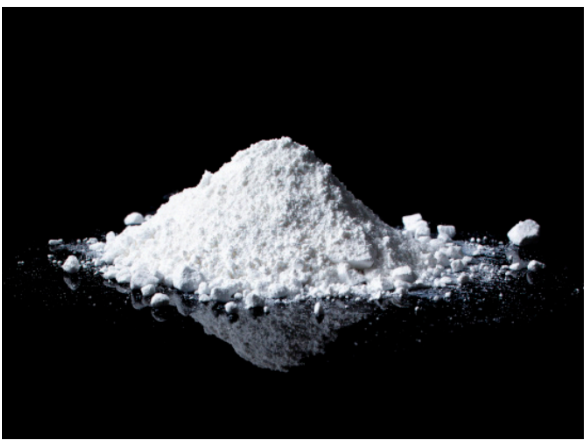
Figure 1: Cosmetic grade Upsalite powder
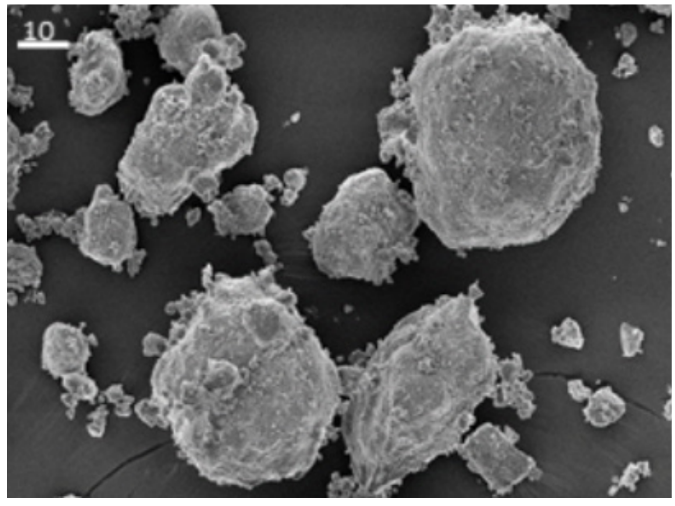
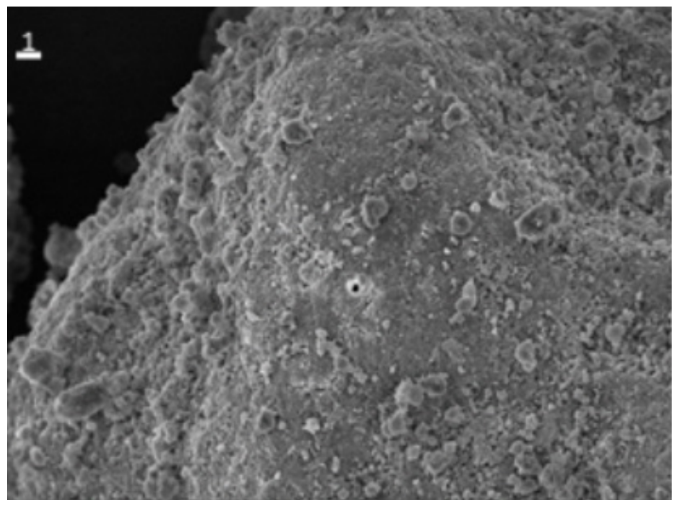
Figure 2 : Scanning electron microscopic (SEM) images of Upsalite showing different size irregular shaped par ticles (left) and the close-up structure (right) of Upsalite.
- Upsalite is a porous material with a narrow peak pore size distribution in the lower range of the mesoporous scale (2–6 nm).
- Cosmetic grade Upsalite is milled to a fine powder with a Dv50 particle size around 5 μm (Figure 3) and has a large pore volume, from 0.4 to 0.6 cm3/g and a surface area (BET) of at least 150 m2/g (Figure 4).
- Cosmetic grade Upsalite is not a nanomaterial but contains numerous nano-sized pores resulting in a unique absorption capacity.

Figure 3 : Graph showing the par ticle size distribution of Cosmetic grade Upsalite as compared to other cosmetic powders .
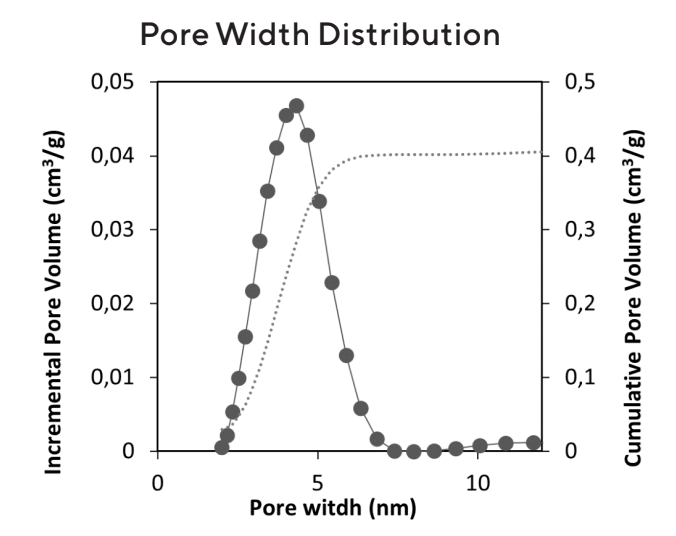
Figure 4: Typical pore width distribution and cumulative pore volume of Upsalite C101 grade. Cosmetic grade Upsalite is not a nanomaterial but contains numerous nano sized pores.
- Oil and Water Absorption
- Upsalite can take up more than 1 g oil per g material and, in contrast to many other oil-absorbing materials that bind oil on the surface, Upsalite is absorbing the oil within the pores, thereby maintaining the dry and non-greasy feeling, even after oil uptake (Figure 5 and 6).
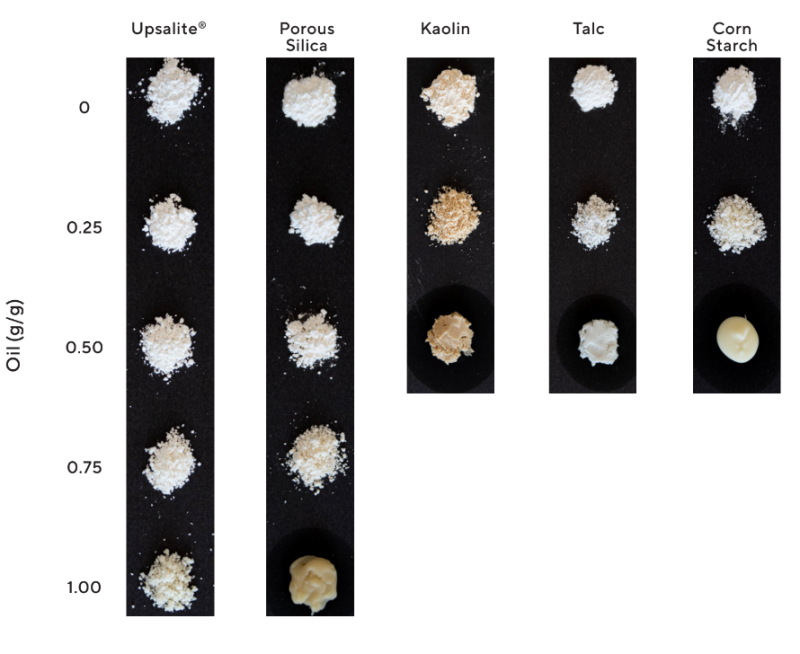
Figure 5 : Photographs of different powders after oil uptake.
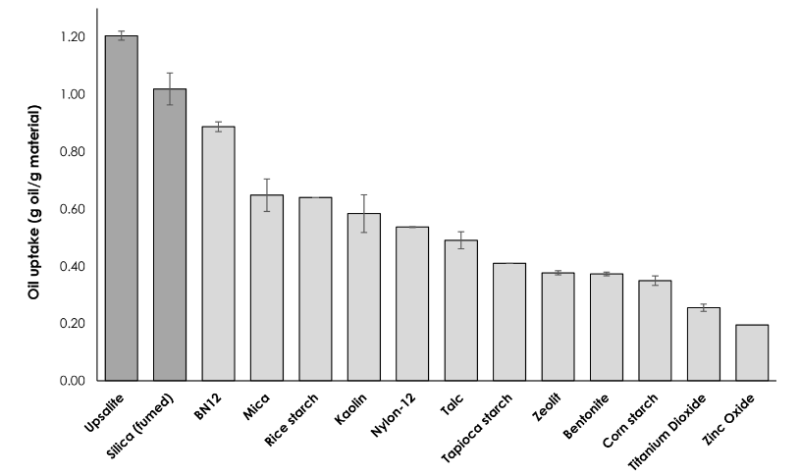
Figure 6 : Oil uptake of Upsalite as compared to other absorbing powders.
- This gives the particles the dual effect of both hiding the oil inside the structure while also creating the surface needed for a matte appearance (Figure 7).
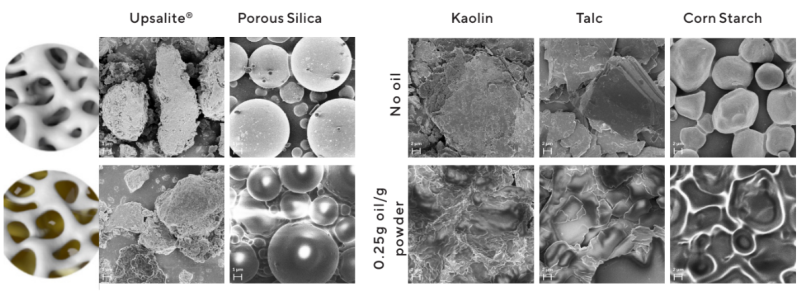
Figure 7 : Schematic illustrations and SEM images of Upsalite, porous silica, kaolin, talc and corn starch, before (top), and after (bottom) oil uptake. Note the dry separated particles of Upsalite even after 0.75 g/g uptake as compared to the oily appearance of the other cosmetic powders after oil uptake.
- In contrast to many other porous materials, Upsalite can absorb both oil and water without any additional modification or surface treatment and has the ability to take up water even if it has absorbed oil and vice versa (Figure 8).
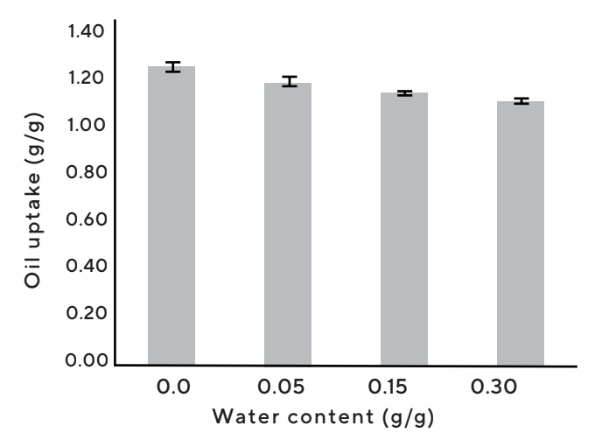
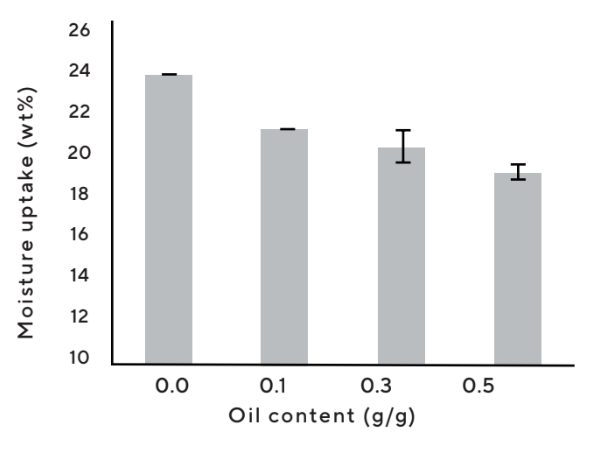
Figure 8 : Cosmetic grade Upsalite maintains the capacity to take up oil even af ter water uptake and can also absorb moisture when loaded with up to 0.5 g oil/g powder. Note that wt% moisture absorption equals to % moisture of total weight.
- This capacity is an advantage since Upsalite can absorb both excess oil (sebum) and water (perspiration) without drying out the skin.
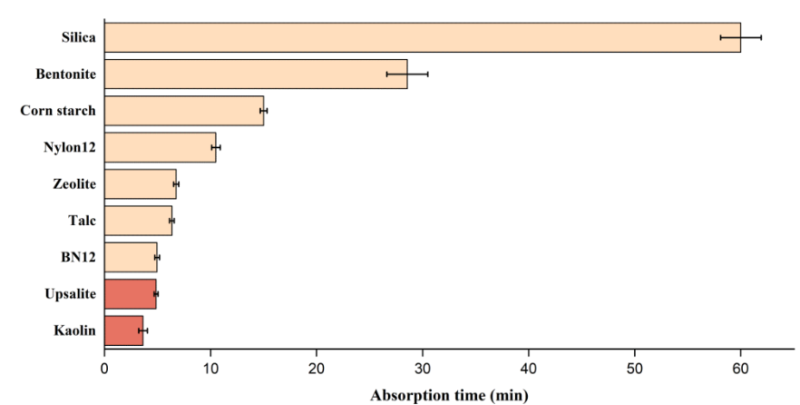
Figure 9 : Absorption Speed test of commonly used ingredients
- Product Characteristics
Long lasting shine control of skin
- A glossy skin may look greasy or sweaty. A mattified appearance can be achieved by applying a material that efficiently absorbs sebum throughout the day.
- Measurement of the gloss value is an important parameter to measure the mattifying effect of a product.
- An in vivo study with 12 subjects shows that Upsalite provides an instant mattifying effect (68 percent reduction in gloss value as compared to skin with no powder), outperforming other sebum absorbents.
- In addition, Upsalite shows a long-lasting effect for at least 8 hours (Figure 10).
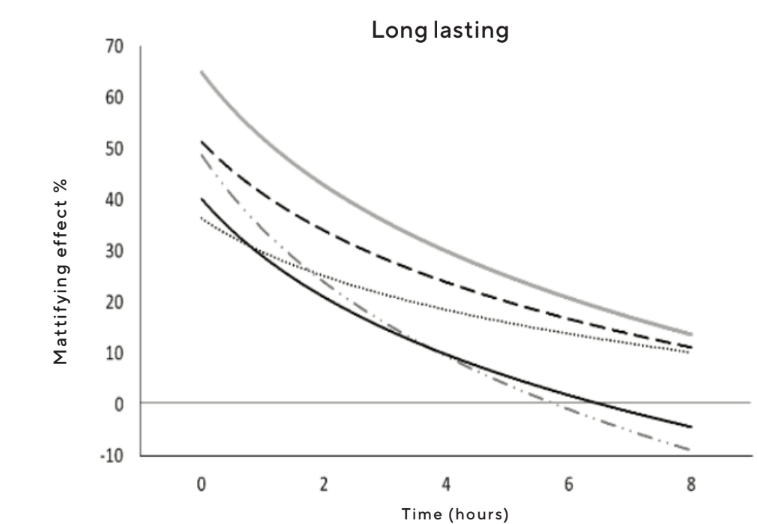
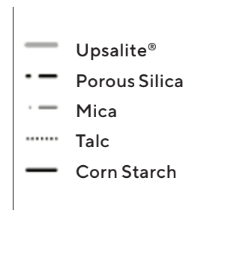
Figure 10: Mattifying ef fect of dif ferent powders on skin (as measured with a Glossymeter) over 8 hours .
Blurring/Soft focus effect
- Blurring/Soft focus effect Upsalite® has a blurring index comparable to the best blurring materials on the market and a refractive index close to mica and talc.
- Its excellent blurring properties and semi-transparency makes Upsalite ideal for replacement of Mica, talc, and boron nitride.
- Upsalite improves blurring effect by 50% compared to Mica and by 25% compared to talc (Figure 11, Table 1), minimizes pores, fine wrinkles, and skin imperfections (Figure 12).
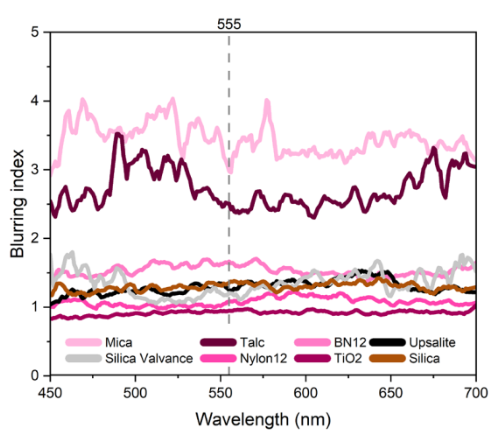
Figure 11 : Blurring index as a function of wavelength of different cosmetic ingredients.
Materials Blurring index () Relative decrease (%)
Mica 2.9 - 3.9 0% Talc 2.3 - 2.7 -25% BN12 1.5 - 1.7 -50% Upsalite 1.2 - 1.4 -62% Porous Silica 0.9 - 1.9 -62% Porous Silica* 1.1 - 1.3 -66% SP-10 0.9 - 1.1 -69% TiO2 0.9 -72%
Table 1 : Blurring Index (evaluated at 555 nm wavelength) for a number of cosmetic ingredient.

Figure 12 : Examples of blurring effect of the product with Upsalite (a) reducing appearance of fine lines (b) Minimizing pores (c) diminishing skin imperfections
- As an example, the blurring effect of a Mica based product is improved by 45% Upsalite when adding 50 wt% Upsalite (Figure 13)
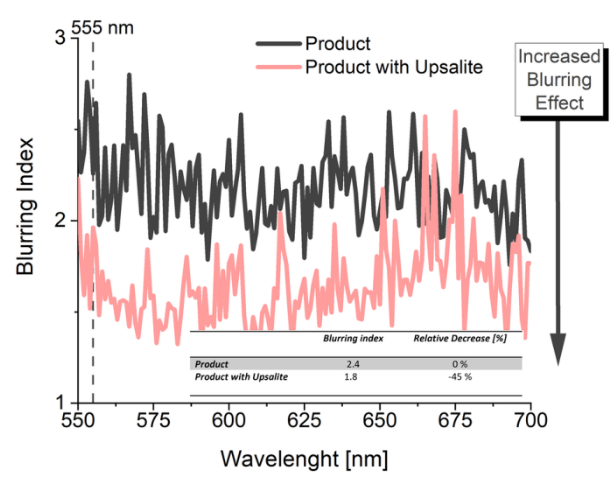
Figure 13 : The Blurring index was evaluated at the wavelength 555 nm. At this wavelength, the human eye has its maximum spec tral sensitivity [4] , and the appearance of blurring/soft focus effect is most relevant.
No flashback effect
- The flashback effect, when a powder reflects a camera flash and shows up as white cast in a photograph can be a big problem.
- Upsalite®, has no flash-back effect, in contrast to e.g. porous silica which generates a lot of flashback (Figure 14).
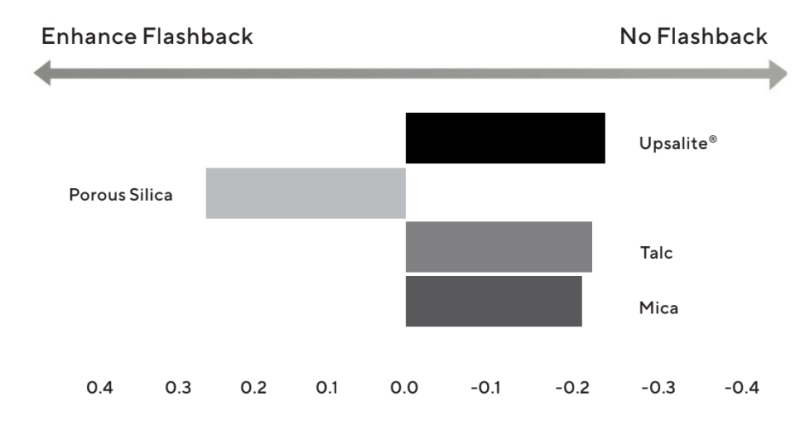
Figure 14 : Flashback ef fect of dif ferent powders on skin (image data analysis of photos taken with and without a flash).
Transparency and Refractive Index
- Upsalite has a high measured transparency (Figure 15) and a refractive index of 1.62 (Table 2), only slightly higher than Mica and talc and lower than BN-12 and TiO2.
- The actual powder transparency on skin is directly related to the difference between the refractive index of the material and skin (Figure 16 a, b).
- Therefore Upsalite has a slightly higher coverage than Mica and talc and a lower coverage than BN-12 and can be used as replacement for mica, talc as well as for BN-12, depending on desired coverage in the intended product.
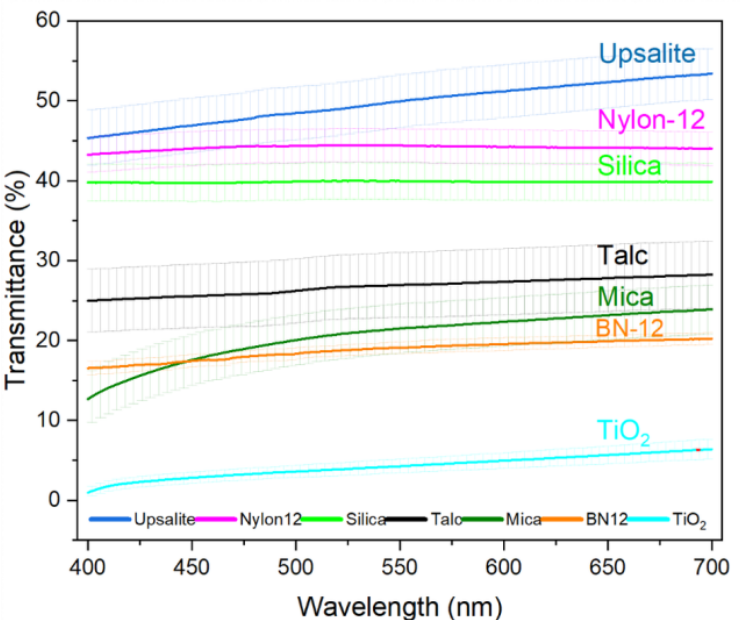
Figure 15 : Measured transparency as a function of wavelength of dif ferent cosmetic ingredients . Glass slides were used as substrate.
Material Refractive index Transmittance(%)
TiO2 2.5 3.48 - 5.2 Caress BN12 1.95 16.15 - 21.95 Upsalite® 1.62* 46.65 - 53.25 Mica 1.56 18.51 - 24.71 Talc 1.54 22.87 - 31.01 Nylon-12 1.52 42.34 - 46.5 Glass slide 1.52 - Silica Valvance Touch 1.46 63.31 - 65.07 Table 2 : Refractive index and transmittance
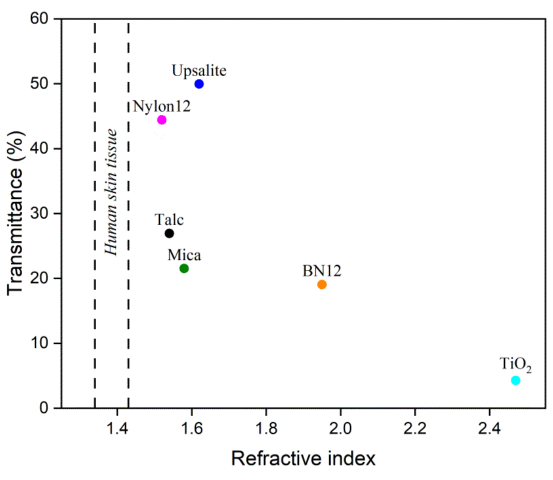
Figure 16a : Transparency as a function of refractive index for different cosmetic ingredients
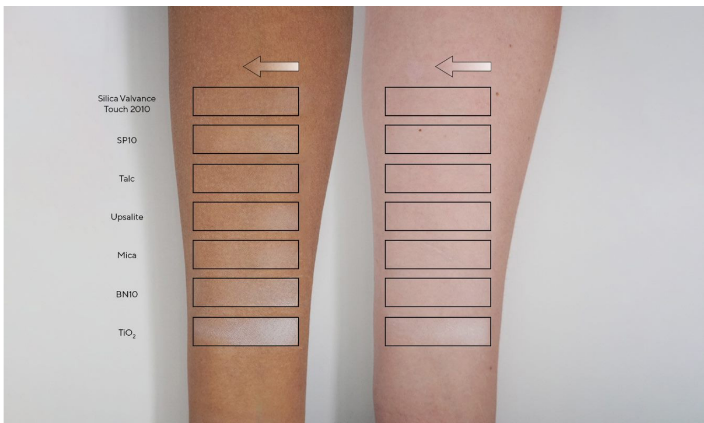
Figure 16b : Transparency on skin (forearm) for different cosmetic ingredients.
Upsalite UV Technology
- Upsalite UV technology increases UVA-PF and broadens the UV-spectrum of most globally al- lowed chemical UV filters in cosmetic loose and pressed powders (Figure 17).
- Prototypes with Upsalite have improved broad-spectrum protection and transparency compared to benchmark SPF powders.
- Upsalite also boosts SPF and UVA-PF of physical UV filters TiO2 and ZnO in cosmetic pow- ders. More detailed information and advice on choice and composition of UV-filters and formulating with Upsalite UV 8

Figure 17 : Upsalite with only 10 w t .% blend of EHS , BMDBM , Solastay S1 . The loaded material has 100% higher SPF and absorbs more UVA radiation (higher UVA-PF, broad spectrum protection) than pure blend.
Carrier of substances
- Due to its mesoporous structure, Upsalite can be utilized as a carrier material of both hydrophilic and hydrophobic substances if the molecules are small enough to enter the pores.
- Depending on the solubility of the substance it can be released by mixing with compatible solution or by dissolving Upsalite in an acidic aqueous solution.
- Figure 18 shows the incremental and cumulative pore volume
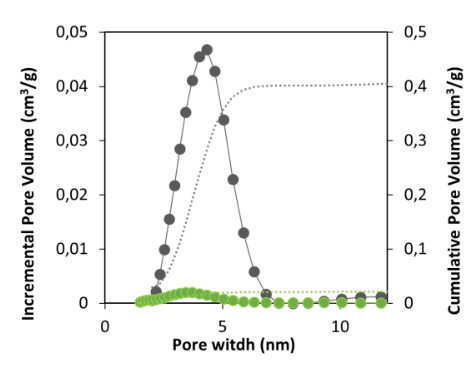
Figure 18 : Pore width distributions and cumulative pore volume of unloaded (gray lines) and 30% wt% loaded (green lines) Upsalite. Upsalite was loaded with a hydrophobic small molecule (30 % substance of total weight). Note that the pore volume is significantly reduced in the loaded sample, which indicates filling of the pores.
Sensory and Visual Characteristics
The visual and sensory attributes of Upsalite® are summarized in the spider web chart below.
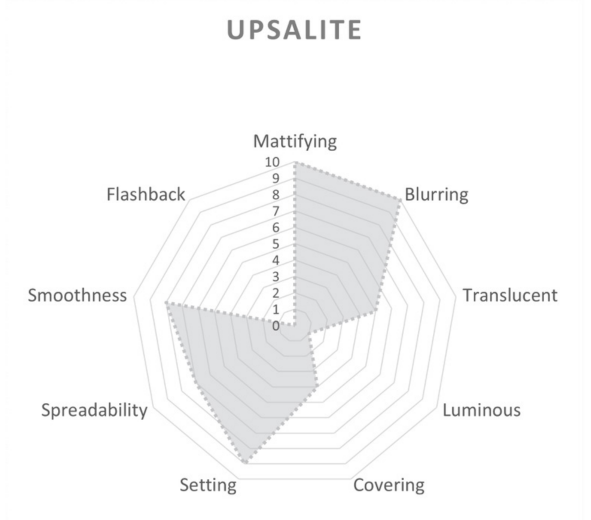
- Dermatologically Tested
Upsalite® is dermatologically tested. The viability of Reconstructed human epidermal model was > 50%, according to results obtained from in vitro EpiDermTM Skin Irritation Test (EPI-200- SIT). Thus, Upsalite® is classified as: NI (Not Irritant)/not required classification (External study performed under GLP and GCP at QACS Ltd laboratory).
A human repeated insult patch test (HRIPT) on 50 volunteers showed no dermal sensitization potential of 100% Upsalite® applied topically on the skin. None (0%) of the 50 volunteers exhibited any irritant reaction, erythema, dryness or oedema; neither before the first application, during the induction period, nor after the challenge phase according to the scale used for the interpretation of the results (external results from QACS Ltd).
Storage & Handling
- Storage and Stability
- Upsalite® maintains its properties with storage in a fully sealed and dry container. It can be formulated with maintained integrity in solvents such as ethanol or in other anhydrous formulations.
- It is important to avoid contact with acids as Upsalite® will dissolve at low pH.
- Upsalite® thermally decomposes to magnesium oxide and CO2 above 320°C.

